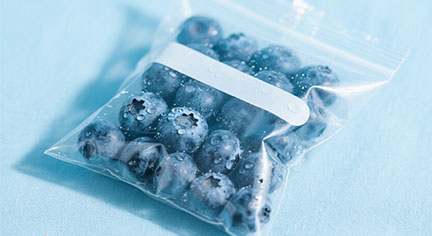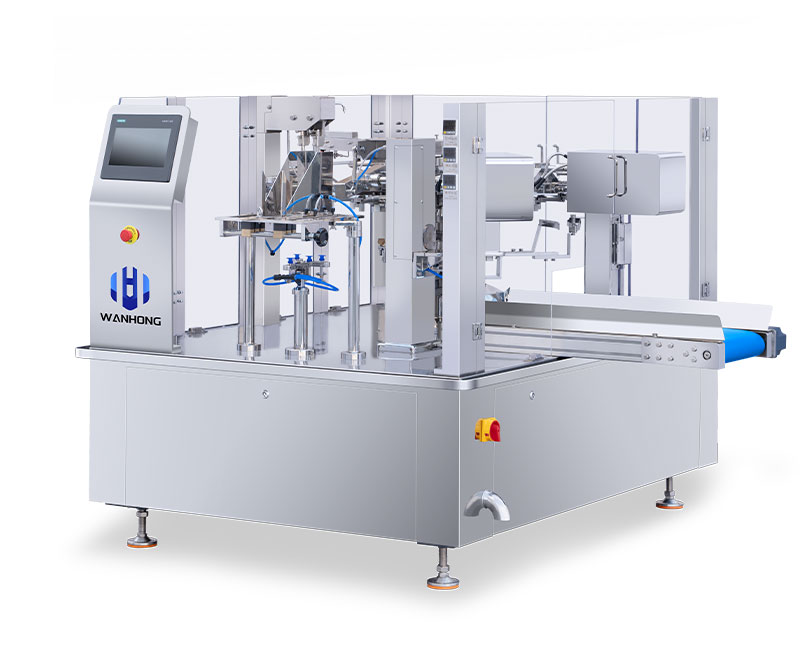Food packaging is the process of wrapping and enclosing food using appropriate materials and containers through scientific design and technical means. It serves multiple functions, including protection, preservation, convenient distribution, and marketing, making it a critical component of the food industry chain.

I. Core Functions
- Food Protection: Creates a barrier against oxygen, moisture, light, and microorganisms, preventing physical damage, oxidation, or contamination to extend shelf life (e.g., nitrogen-flushed packaging for chips, vacuum packaging for meat).
- Freshness and Safety Maintenance: Employs technologies like sterilization (e.g., high-temperature pasteurization, irradiation), modified atmosphere packaging (MAP), and active packaging (releasing antioxidants) to preserve food quality and safety.
- Logistical Convenience: Adapts to storage, transportation, and retail needs through packaging forms such as easy-open packaging, portable sizes, and stackable designs, enhancing supply chain efficiency.
- Marketing and Information Delivery: Attracts consumers via design elements (colors, patterns, labels) and provides essential information like ingredients, expiration dates, nutrition facts, and anti-counterfeit labels to comply with regulations.
II. Common Packaging Materials
1. Traditional Materials
- Plastics: Lightweight, cost-effective, and highly sealable (e.g., PE, PP, PET), though facing environmental challenges (biodegradable alternatives like PLA are increasingly used).
- Paper and Cardboard: Renewable and easy to print, suitable for dry foods (e.g., cartons, paper bags, lamination paper).
- Metal: Offers excellent barrier properties (aluminum foil, tin cans), used for canned goods, coffee, and pharmaceuticals.
- Glass: Non-toxic, transparent, and reusable, ideal for beverages, sauces, and health products.
2. Innovative Materials
- Intelligent Packaging: Incorporates sensors (e.g., time-temperature indicators) or functional coatings (antibacterial, anti-fog) to monitor food status in real time.
- Biodegradable/Eco-friendly Materials: Starch-based films, paper-plastic composites, reducing plastic waste.
- Nanomaterials: Enhance barrier properties via nano-coatings (e.g., UV resistance, oxygen prevention) to extend freshness.
III. Major Packaging Types
1. By Form
- Flexible Packaging: Pouches (stand-up, zipper), films (shrink, stretch), suitable for granules, liquids, powders (e.g., milk powder, sauces).
- Rigid Packaging: Bottles (PET drink bottles), cans (aluminum, steel), boxes (paper/plastic containers), providing strong structural protection.
- Semi-Rigid Packaging: Cups (yogurt cups), trays (blister packs for fruits), balancing durability and shape stability.
2. By Application
- Retail Packaging: Designed for direct consumer interaction, focusing on aesthetics and convenience (e.g., single-serve snack packs, ready-to-eat bowls).
- Transport Packaging: Cartons, plastic crates, bulk bags, ensuring safety during logistics (e.g., insulated boxes for frozen foods).
Specialized Packaging:
- Aseptic Packaging (e.g., Tetra Pak): Enables non-refrigerated storage, extending shelf life for liquid foods.
- Vacuum/MAP Packaging: Inhibits bacterial growth to keep meats and produce fresh.
- Microwave-Safe Packaging: Heat-resistant materials (e.g., PP trays) for convenient reheating.
IV. Key Technologies and Innovations
- Sterilization and Sealing: High-temperature retort (121℃ sterilization), pulsed electric field sterilization (retains nutrients), laser sealing (precise, residue-free).
- Intelligent Packaging Tech: QR code traceability (tracking from production to distribution), anti-counterfeit labels (blockchain for tamper resistance).
- Reduction Design: Lightweight materials (ultra-thin aluminum cans), compact structures to lower costs and carbon footprint.
V. Development Trends
- Environmental Priority: Driven by policies like "plastic restrictions," biodegradable materials and circular economy models (packaging recycling) are gaining momentum.
- Smart Integration: Connecting packaging to consumers via IoT for functions like expiration alerts and consumption suggestions.
- Personalization Demand: Customized small-batch packaging (e.g., e-commerce gift boxes), functional designs (child-resistant, easy-tear).
- Safety and Compliance: Strict adherence to food contact material standards (e.g., China GB 4806, EU EC 1935/2004) to prevent chemical migration risks.
Conclusion
Food packaging is more than a "protective shell"—it is an integrated solution merging technology, safety, and commerce. As consumer demands for health, convenience, and sustainability grow, future packaging will evolve toward safer, smarter, and more sustainable solutions, driving innovation in the food industry.

Rotary Premade Pouch Packing Machine
Wanhong is specialized in the manufacturing of pouch packing machines. Our premade pouch filling and sealing machine is suitable for the filling and sealing packaging production of all kinds of material, including powder,granule and liquids.If you want to know more about food packaging, you can contact us at any time.
